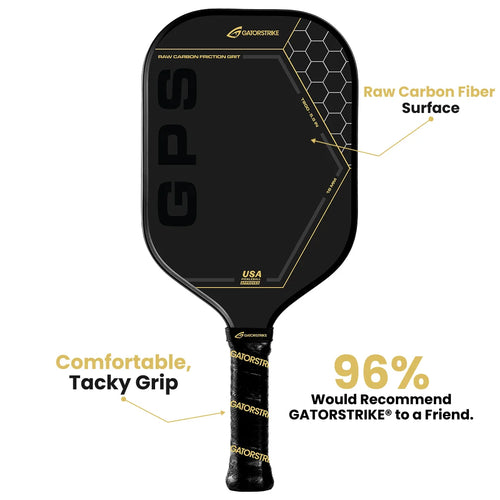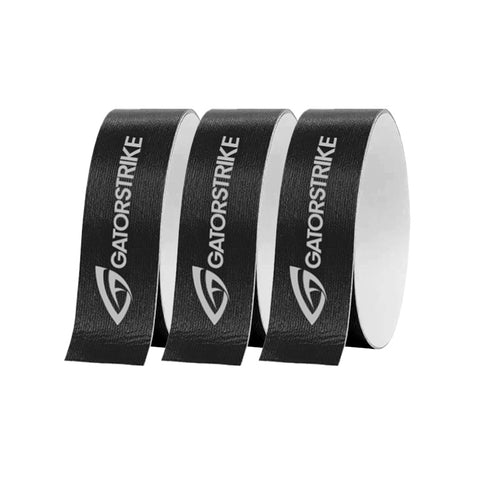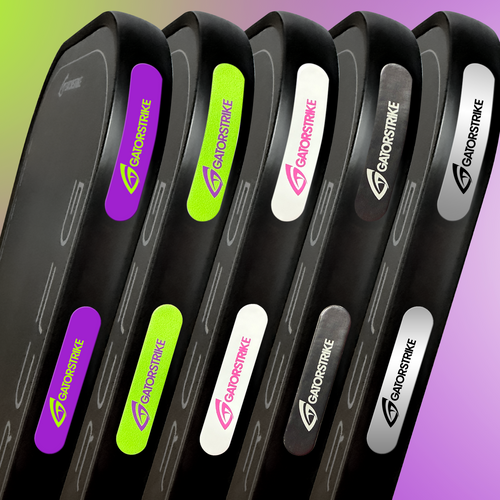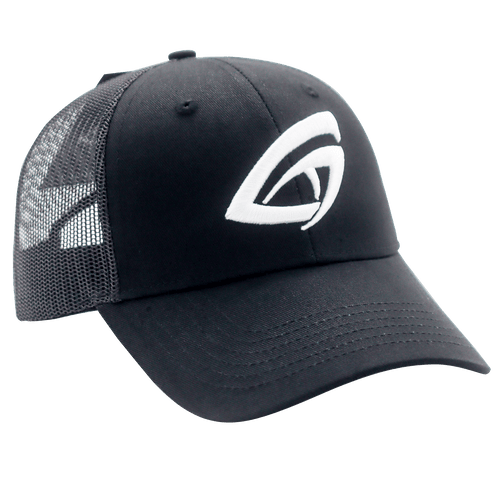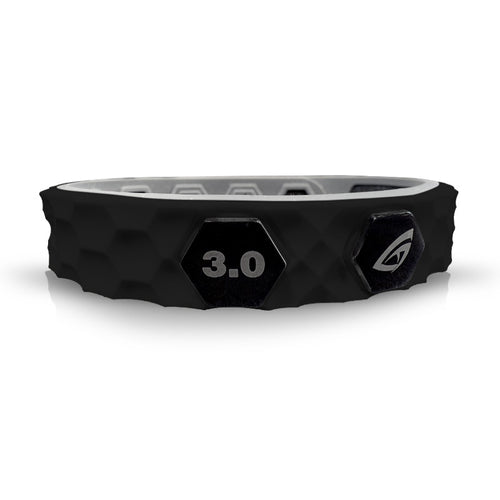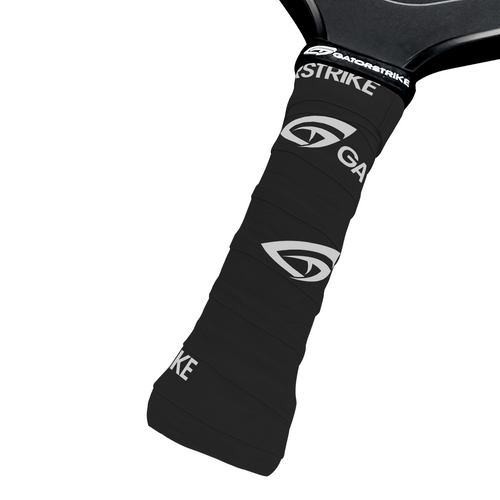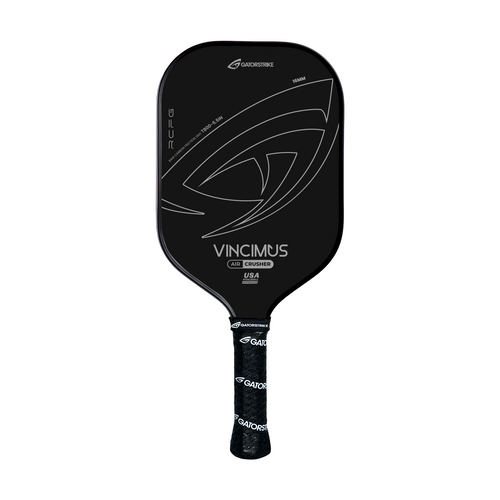
Pickleball Photography 101: Capturing Action Shots on the Court
Share
Pickleball is a sport bursting with kinetic energy, laughter, and quick pivots—and what better way to preserve its vibrant spirit than through the lens of a camera? Whether you’re documenting a local tournament, snapping your doubles partner mid-dink, or building content for your club’s social media, pickleball photography offers an exhilarating blend of athleticism and artistry.
But here’s the catch (pun intended): capturing clean, compelling action shots isn’t just about pointing and clicking. It’s about anticipating motion, embracing chaos, and using a few key techniques to turn blur into brilliance.
Ready to level up from phone flicks to frame-worthy photos? Let’s dive into the delightful world of pickleball photography.
1. Know the Game to Frame the Game
If you want to capture the moment—the leap, the stretch, the paddle-to-ball impact—you need to think like a player.
Before you even lift your camera:
- Watch a few points to observe flow and rhythm
- Note who’s aggressive and who’s strategic
- Anticipate where the action peaks (usually at the NVZ line!)
🎯 Pro Tip: The best shots often happen between the big rallies—during recovery steps, post-point reactions, or intense focus before a serve.
2. Gear Up Without Going Overboard
You don’t need a full studio setup to get stellar court shots, but your gear choice does matter.
Ideal Camera Setup:
- DSLR or Mirrorless Camera – Fast shutter, interchangeable lenses
- Zoom Lens (70-200mm) – Perfect for capturing across-court action
- Wide-Angle Lens (24-70mm) – Great for environmental shots and group moments
- Fast SD Card – Action photography eats memory like snacks after a tournament
- Monopod or Wrist Strap – Keeps things steady without sacrificing mobility
📱 Phone Shooter Tip: If you’re using a smartphone, switch to “Pro” or “Manual” mode and increase your shutter speed (more on that below!).
3. Master the Magic Trio: ISO, Shutter Speed & Aperture
Pickleball is fast—like blink-and-you’ll-miss-it fast. To freeze that motion into a crisp image, you’ll need to understand this holy trinity of photography:
- Shutter Speed: Go 1/1000 or faster to capture fast movement (think paddle swings and footwork).
- Aperture: Use a wider aperture (f/2.8–f/5.6) for action shots to blur the background and focus on the player.
- ISO: Start around 400–800 for daylight, bump it up in indoor courts but beware of noise.
⚡ Quick Hack: Use “Sports Mode” on your camera as a shortcut—it usually optimizes all three for action.
4. Composition Counts: Tell the Story
What separates a good photo from a scroll-stopper? Composition. Here are a few tried-and-true methods to frame like a pro:
- Rule of Thirds: Don’t center everything! Place your subject off-center to add visual tension.
- Leading Lines: Use court markings to draw the eye toward the subject.
- Foreground Interest: Capture through nets or fences for added depth.
- Faces Over Backs: Position yourself where you can catch expressions, not just backhands.
💡 Think Emotion: A clenched fist, a surprised grin, a leaping celebration—those human moments are photography gold.
5. Focus, Focus, Focus (Literally and Figuratively)
Most action photography fails because of missed focus. Don’t let your masterpiece be a blurry blob.
Settings to Use:
- AI Servo / Continuous Autofocus – Tracks moving subjects dynamically
- Burst Mode – Rapid-fire shooting increases your chances of nailing the perfect moment
- Single Focus Point – Keeps focus locked on a specific player rather than hunting across the frame
🌀 Extra Tip: Pre-focus on a spot (like the NVZ line) and wait for players to enter your frame—it’s a stealthy way to stay sharp.
6. Indoor vs. Outdoor Adjustments
Outdoor Courts:
- Make use of natural light—just watch out for harsh shadows during midday.
- Avoid shooting directly into the sun unless you're going for silhouettes.
Indoor Gyms:
- Crank up your ISO and use wider apertures to compensate for low light.
- Be mindful of flickering fluorescent lighting, which can affect shutter sync.
🔆 Lighting Pro Move: Shoot during golden hour (just after sunrise or before sunset) for flattering light and long shadows that add drama.
7. Capture the Whole Pickleball Vibe
Yes, action shots are awesome—but don’t forget the in-between moments:
- Paddle taps after a great rally
- Court-side laughter during warm-ups
- Players lining up their serves with monk-like concentration
- That one dog wearing goggles watching from the bleachers 🐾
These images add heart and humor to your visual storytelling. They’re what turn your gallery into a pickleball time capsule.
8. Post-Processing Polish
You don’t need to be a Photoshop wizard, but a little editing can take your shots from “meh” to “marquee.”
- Adjust exposure and contrast for clarity
- Use crop tools to tighten the frame and improve composition
- Apply sharpening to action edges
- Use presets or filters for a cohesive, stylized look on social media
🧪 Tools to Try: Adobe Lightroom, Snapseed, VSCO, or even Canva for quick touch-ups.
Final Rally: Shoot with Intention, Share with Heart
Pickleball isn’t just a sport—it’s a community, a culture, and a canvas for beautiful moments. Whether you're using a DSLR or a smartphone, capturing the essence of the game is all about showing up, staying patient, and seeing magic in the motion.
So next time you hit the court with a lens in hand, remember: you’re not just taking pictures. You’re preserving memories, elevating athletes, and showcasing the joyful chaos that makes pickleball so irresistible.
Click fast. Shoot with soul. And don’t forget to celebrate the shot—even if it’s your 237th dink photo of the day.
